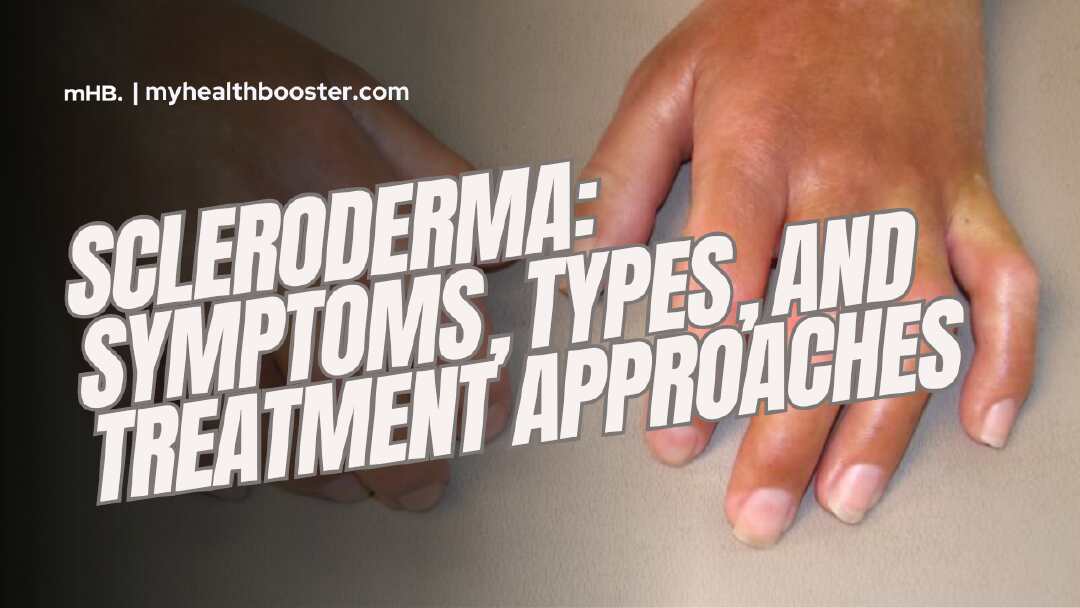Explore the intricate world of scleroderma, an autoimmune condition impacting connective tissue. Delve into its diverse manifestations, ranging from skin thickening to internal organ involvement, and discover potential treatment strategies.
Scleroderma: A Multifaceted Autoimmune Condition
Scleroderma, marked by skin thickening, spontaneous scarring, and blood vessel issues, stems from an overactive immune system. Classified into localized and systemic (widespread) types, systemic scleroderma can further be categorized as limited or diffuse based on cutaneous involvement.
Types of Scleroderma: Localized vs. Systemic
Localized Scleroderma:
- Morphea: Patchy, hardened skin areas.
- Linear Scleroderma: Often affecting lower extremities, presenting as skin hardening down a child’s leg.
Systemic Sclerosis:
- Diffuse: Symmetric skin thickening in extremities, face, and trunk, potentially impacting internal organs.
- Limited (CREST Syndrome): Confined skin thickening to fingers, hands, and face, identified by features like calcinosis, Raynaud’s phenomenon, esophagus issues, sclerodactyly, and telangiectasias.
Causes of Scleroderma
The exact cause remains elusive, with evidence suggesting genetic predisposition and environmental triggers. Choctaw Native Americans exhibit a higher prevalence, emphasizing genetic links. Female predominance and familial occurrences underscore genetic influence. Environmental factors and viral exposures might contribute to disease activation.
Symptoms of Scleroderma
Scleroderma’s impact spans skin, esophagus, blood vessels, kidneys, lungs, blood pressure, and bowels. Symptoms include skin inflammation, heartburn, Raynaud’s phenomenon, esophagus issues, skin tightness, telangiectasias, elevated blood pressure, lung inflammation, heart complications, and bowel irregularities.
Diagnosis of Scleroderma
Diagnosis involves clinical feature detection and autoimmune-associated blood tests, particularly antinuclear antibodies (ANAs). The anticentromere antibody is linked to the limited form, while the anti-Scl 70 antibody often indicates the diffuse form. Additional tests will assess internal organ involvement.
Treatment Strategies
Treatment targets specific manifestations:
- Blood Pressure Control: Essential for preventing kidney failure, often utilizing ACE inhibitors.
- Raynaud’s Phenomenon: Hand warming, aspirin, arterial dilators, and surgical interventions if severe.
- Esophagus Issues: Acid reflux management with medications and lifestyle adjustments.
- Skin Care: Emollients for dry skin, laser therapy for telangiectasias.
- Pulmonary Hypertension: Medications like bosentan, sildenafil, and tadalafil.
- Immunosuppressants: D-penicillamine, azathioprine, methotrexate for immune system control.
Prognosis: Monitoring and Managing Complications
Close monitoring by various specialists is crucial. The risk of life-threatening organ complications diminishes after three years of skin symptoms without internal organ involvement. Limited skin involvement generally carries a better prognosis than diffuse disease.
Ongoing Research and Hope for the Future
Researchers are exploring thalidomide, stem-cell transplantation, and novel medications. Understanding cytokines and investigating hormones like relaxin offer promising avenues. Clinical trials, supported by organizations like the Scleroderma Foundation, aim to enhance treatment options and prognosis.
Conclusion
Scleroderma’s complexity demands tailored, multidisciplinary approaches. Advances in research promise a brighter future for patients, emphasizing the importance of continued exploration and understanding in the realm of autoimmune diseases.
